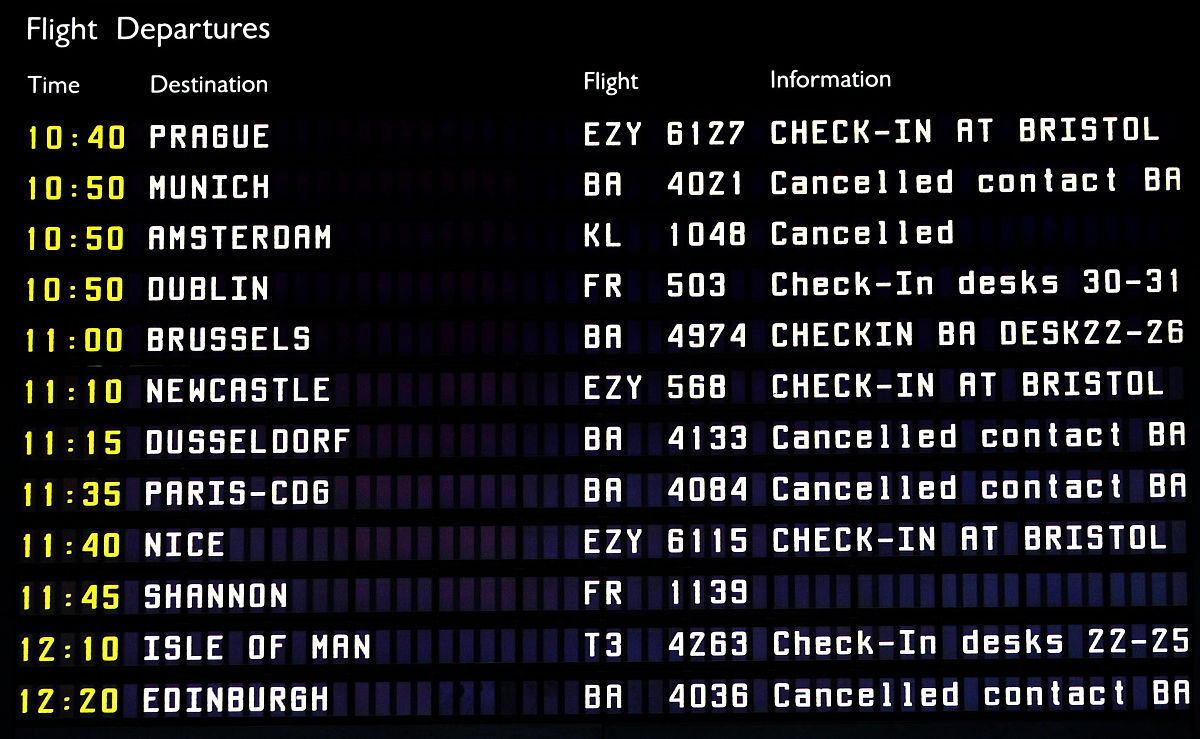C语言实现区域填充算法 (栈方法)
以下是使用C语言编写的区域填充算法,使用栈实现:
#include <stdio.h>
#define MAX_STACK_SIZE 1000
// 定义坐标结构体
typedef struct {
int x;
int y;
} Point;
// 定义栈结构体
typedef struct {
Point data[MAX_STACK_SIZE];
int top;
} Stack;
// 初始化栈
void initStack(Stack *stack) {
stack->top = -1;
}
// 判断栈是否为空
int isStackEmpty(Stack *stack) {
return stack->top == -1;
}
// 判断栈是否已满
int isStackFull(Stack *stack) {
return stack->top == MAX_STACK_SIZE - 1;
}
// 入栈
void push(Stack *stack, Point point) {
if (isStackFull(stack)) {
printf('Stack is full.\n');
return;
}
stack->data[++stack->top] = point;
}
// 出栈
Point pop(Stack *stack) {
if (isStackEmpty(stack)) {
printf('Stack is empty.\n');
Point point = {0, 0};
return point;
}
return stack->data[stack->top--];
}
// 区域填充
void fill(int x, int y, char oldColor, char newColor, char image[][8]) {
Stack stack;
Point point = {x, y};
initStack(&stack);
push(&stack, point);
while (!isStackEmpty(&stack)) {
point = pop(&stack);
if (image[point.x][point.y] == oldColor) {
image[point.x][point.y] = newColor;
if (point.x > 0) {
Point north = {point.x - 1, point.y};
push(&stack, north);
}
if (point.x < 7) {
Point south = {point.x + 1, point.y};
push(&stack, south);
}
if (point.y > 0) {
Point west = {point.x, point.y - 1};
push(&stack, west);
}
if (point.y < 7) {
Point east = {point.x, point.y + 1};
push(&stack, east);
}
}
}
}
int main() {
char image[8][8] = {
{' ', ' ', ' ', ' ', ' ', ' ', ' ', ' '},
{' ', ' ', ' ', ' ', '*', '*', ' ', ' '},
{' ', ' ', ' ', ' ', '*', '*', ' ', ' '},
{' ', ' ', '*', '*', ' ', ' ', ' ', ' '},
{' ', '*', '*', ' ', ' ', ' ', ' ', ' '},
{' ', '*', '*', ' ', ' ', ' ', ' ', ' '},
{' ', ' ', ' ', ' ', ' ', ' ', ' ', ' '},
{' ', ' ', ' ', ' ', ' ', ' ', ' ', ' '}
};
printf('Before fill:\n');
for (int i = 0; i < 8; i++) {
for (int j = 0; j < 8; j++) {
printf('%c ', image[i][j]);
}
printf('\n');
}
fill(2, 2, ' ', 'O', image);
printf('\nAfter fill:\n');
for (int i = 0; i < 8; i++) {
for (int j = 0; j < 8; j++) {
printf('%c ', image[i][j]);
}
printf('\n');
}
return 0;
}
上述程序中,首先定义了一个坐标结构体和一个栈结构体,以便于后续的操作。然后,实现了栈的初始化、判断栈是否为空和已满,入栈和出栈等基本操作。最后,实现了区域填充算法的核心部分,即使用栈实现的迭代方式进行深度优先搜索。程序在填充前后打印了图片,以便于观察填充结果。

原文地址: https://www.cveoy.top/t/topic/lLFb 著作权归作者所有。请勿转载和采集!